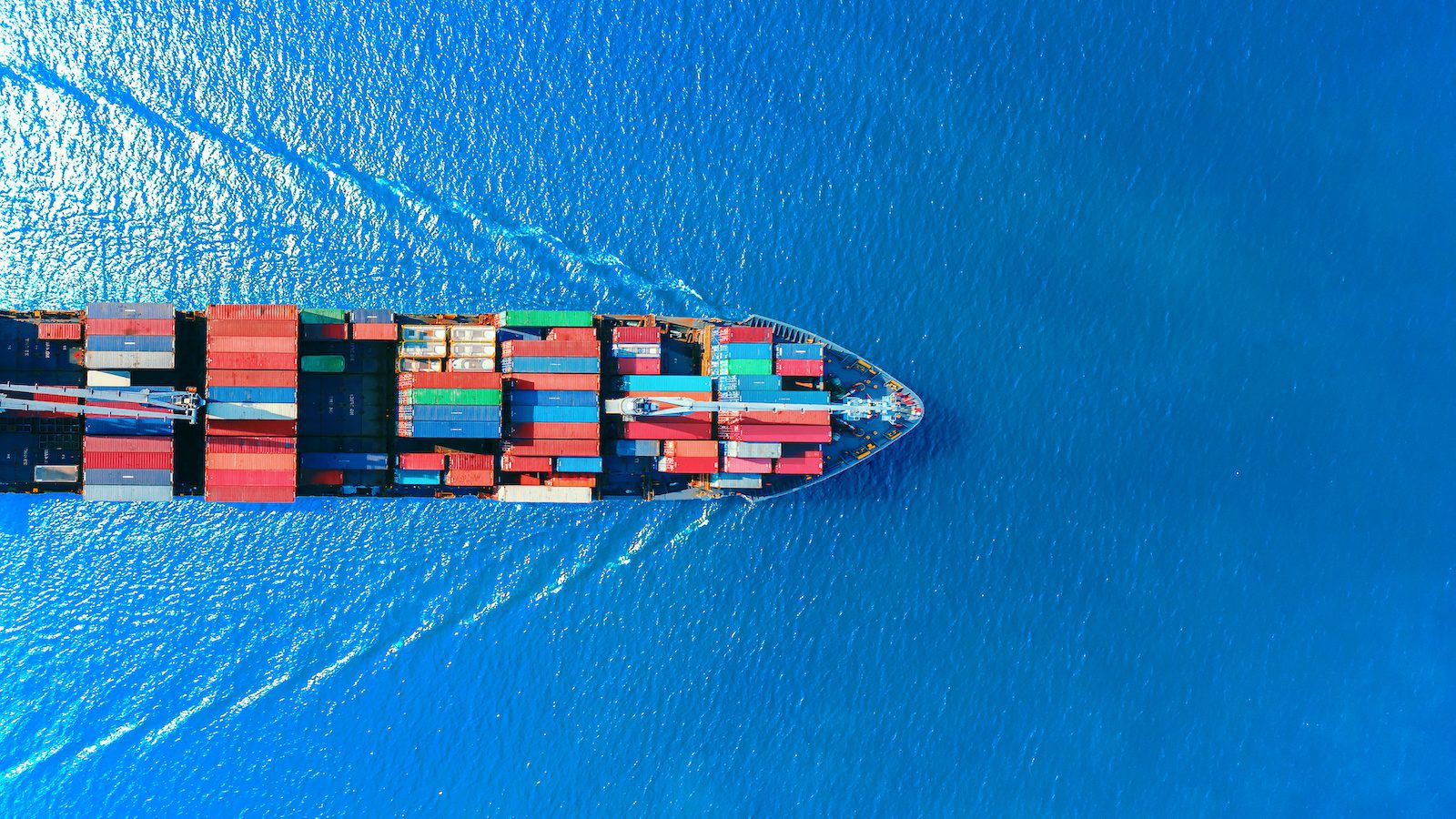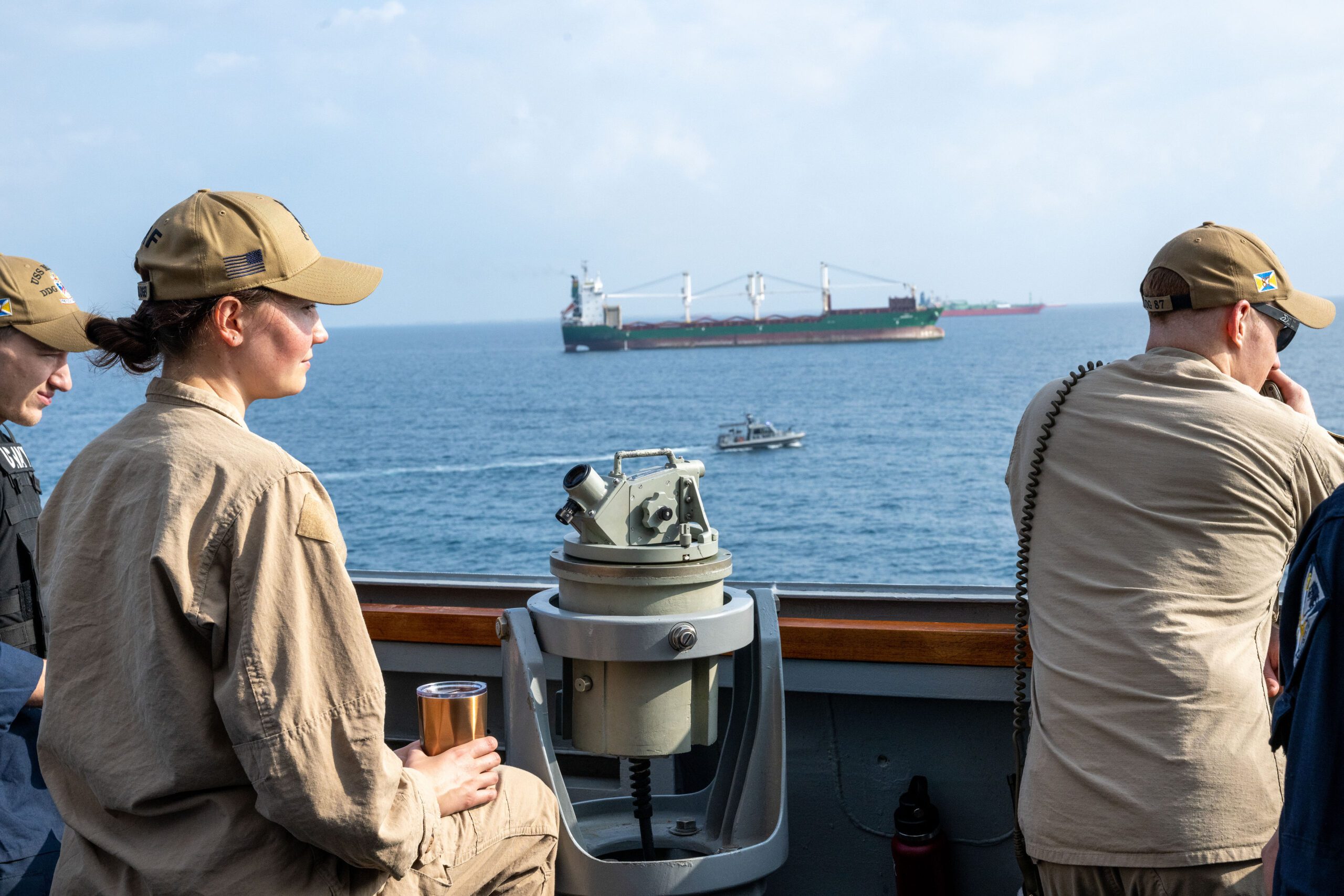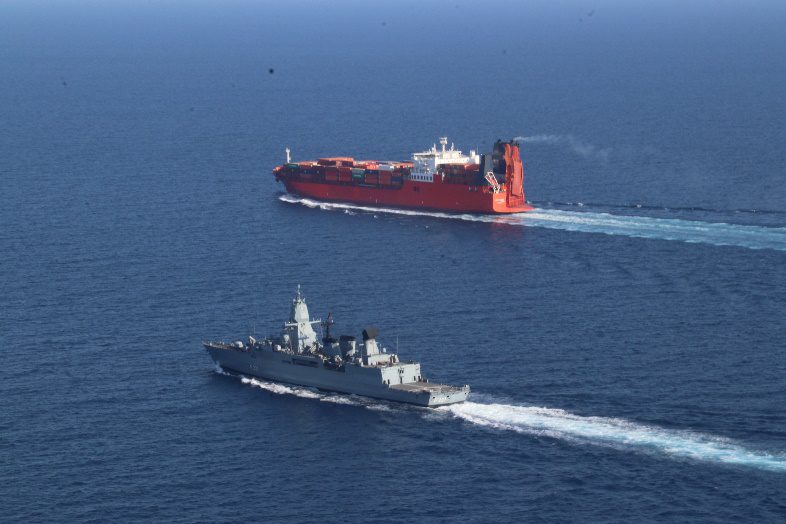How will shipping decarbonize; what’s the path? That’s the $2 Trillion – $4 Trillion question, depending which set of prognosticators that you are listening to.
How do you set change in motion, given the industry’s massive size, fragmentation with too many subsectors to mention, and its interfaces with landside infrastructures (each with their own complexities)? Many commentators and speakers during the past two weeks of COP26 have shaken their heads, and noted that “…change does not come easily to shipping…” or words to that effect.
A sensible approach which is beginning to emerge is to tackle “low hanging fruit”, which in this case, means micro-sectors of the vast market place that might be conducive to setting decarbonized supply chains (which include ocean going ships) in motion. The idea is that, if a small fraction of the bigger business is successfully de-carbonized (on a net basis) by 2030, then the movement towards the truly massive moves needed by the 2040s will be facilitated. Enter “Green Corridors”- based on a premise of biting off small pieces of fruit (rather than trying to pull down the whole tree). To me, this makes a great deal of sense.
The Getting to Zero Coalition, a group of shipowners and others (tied to a number of influential maritime and non-shipping groups) said, in a press brief trumpeting a just-released document on the subject: “The new study, ‘The Next Wave: Green Corridors’, looks at how green corridors – specific trade routes between major port hubs where zero-emission solutions are demonstrated and supported – can be conceived, prioritized, and designed to accelerate the speed of shipping’s transition.”
They add that: “Aligning on a corridor-specific decarbonisation roadmap based on these factors could provide all stakeholders with the confidence that is needed to invest, co-ordinate, and deliver the solutions at scale required by 2030.”
The report augments sections from an earlier report from the Global Maritime Forum (one of the groups linked up with Getting to Zero), which identified clusters having “First mover potential” in both coastal/regional settings and then on intercontinental routes, otherwise known as “deepsea shipping”.
Then, at COP26, we have the “Clydebank Declaration”, where 22 countries have signed on to an initiative spearheaded by the U.K. Department of Transport aimed at creating real-life green corridors on the deepsea side. The Declaration authors explain: “It is our collective aim to support the establishment of at least 6 green corridors by the middle of this decade, while aiming to scale activity up in the following years, by inter alia supporting the establishment of more routes, longer routes and/or having more ships on the same routes. It is our aspiration to see many more corridors in operation by 2030. We will assess these goals by the middle of this decade, with a view to increasing the number of green corridors.”
The just-released Green Corridors report, adding specificity to the GMF’s earlier “A Strategy for the Transition to Zero-Emission Shipping” (with the clusters and the discussion of first-mover potential) points to some very specific deepsea trades- with detailed analysis of needed actions by ports, fuel suppliers, policy-makers and regulators, These include, iron trades between Australia and Japan, container trades from Asia into Europe, and car carrier trades from Asia into Pacific Rim ports in the U.S. Not mentioned- but certainly in the “no-brainer” category would be big retailers chartering containerships on a bespoke basis (from Asia into Europe but also into the States). Consumer-facing auto companies, like their big-box brethren- also sensitive to ESG dictates, should also be instant entrants in the “first mover” camp (whether importing cars into Pacific or Atlantic ports).
Participation in “Corridors”, if and when they are mapped out, would be voluntary; fossil fueled ships could still traverse the specified trade routes- composed of origins and destinations in signatory countries. At this point, the corridors are a concept only. But you have to start someplace, and, in my view- this type of approach, going for initial targets where there is a potential for success (which requires real buy-in from signatories, a big “if”), makes a lot of sense. Another big “if” is how the Green Corridors might comport (or not) with what the IMO agrees (or not) later this month at MEPC 77.
Clydebank Declaration signatories:
- Australia
- Belgium
- Canada
- Chile
- Costa Rica
- Denmark
- Fiji
- Finland
- France
- Germany
- Republic of Ireland
- Italy
- Japan
- Republic of the Marshall Islands
- Morocco
- Netherlands
- New Zealand
- Norway
- Spain
- Sweden
- The United Kingdom of Great Britain and Northern Ireland
- The United States of America
Sign up for our newsletter

 Join The Club
Join The Club













